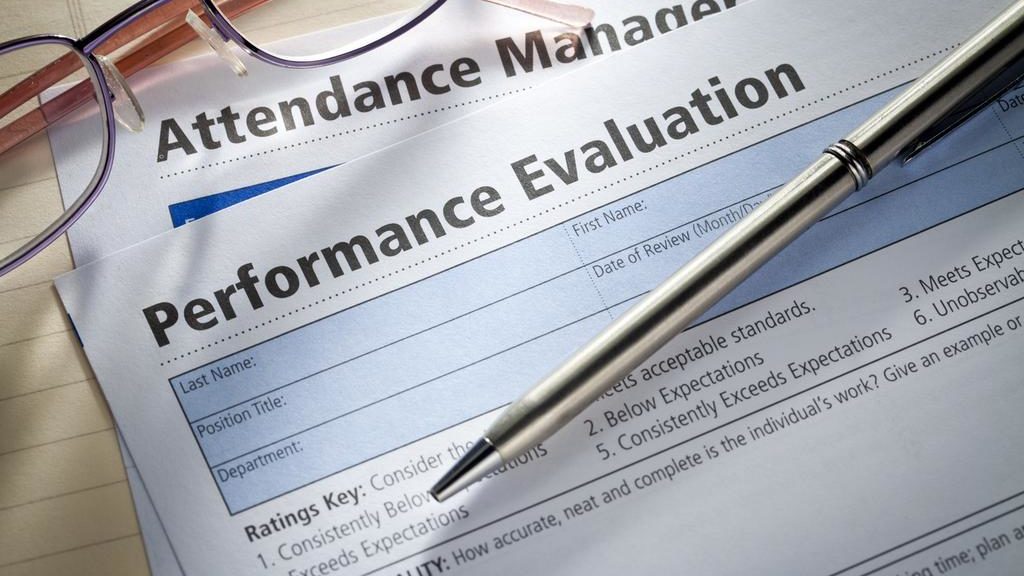Article originally published in the Philadelphia Business Journal on June 14, 2021. Updated June 15, 2021.
When setting management performance goals, companies need to think about the unintended consequences of those goals. This is the case with Amazon’s unregretted attrition goal (URA), the subject of an April 6 Business Insider article.
Amazon’s annual URA goal is the percentage of employees reporting to a manager who leave the company due to resignation or termination. Amazon managers are expected to replace a reported 6% of their employees each year to meet their annual URA goal. An Amazon spokesperson told Business Insider, “The URA targets cited in this article are ‘not accurate and are misleading,’ but did not go into specifics.”
Amazon’s URA goal is similar to forced attrition goals at other companies. Through a process known as stacked or force ranking, employees who receive the lowest ranking are terminated each year. This practice gained notoriety after former General Electric CEO Jack Welsh introduced an employee forced-ranking system at the company during the 1980s, dubbed by employees as “rank and yank.” Each year, 10% of GE employees were ranked as C performers and were either counseled to leave the company or were terminated. Welsh called it the “vitality curve.”
GE’s forced ranking system was abandoned because its command and control nature was no longer appropriate for a millennial workforce. The forced ranking system has also been abandoned by other Fortune 500 companies such as Accenture, Adobe and Microsoft.
So, what are the unintended consequences of an employee forced ranking system?

Managers game the system
Informally called “hire to fire,” some Amazon managers hire people just to fire them to meet their URA goal. As reported in a May 10 Business Insider article, three Amazon managers “felt so much pressure to meet the goal that they hired people to fire them.” An Amazon manager stated, “We might hire people that we know we’re going to fire, just to protect the rest of the team.”
In response to a Business Insider query, an “Amazon’s spokesperson denied that the company hired employees with the intention of firing them and said it did not use the phrase ‘hire to fire.’”
Adversely impacts teamwork
Under CEO Steve Balmer, Microsoft adopted the practice of forced ranking of employees. In a July 2012 Vanity Fair article, contributing editor Kurt Eichenwald wrote, “Every current and former Microsoft employee I interviewed cited stack ranking as the most destructive process inside of Microsoft, something that drove out untold numbers of employees.”
Eichenwald quotes a former software developer: “If you were on a team of 10 people, you walked in the first day knowing that no matter how good everyone was, two people were going to get a great review, seven were going to get mediocre reviews, and one was going to get a terrible review. It leads to employees focusing on competing with each other rather than competing with other companies.”
The last thing you want is for employees to feel as if they are competing with each other. It reduces trust and collaboration among team members. It’s not productive for employees to widely dislike such a cutthroat cultural norm.
Forced ranking within a small work group makes no sense
A small group of employees working collaboratively as a high-performing team may be exceeding their goals, with all members of the group as full contributors. How does a manager of that group choose one of them to be terminated? The individual who is terminated may be much more effective than many employees in a different work group.
A forced ranking system sows the seeds of its own demise
After terminating the bottom 6% or 10% year-after-year, one reaches the point were you start terminating talented performers, who might go to work for a competitor. That is not what you want to happen.
So, if a forced-ranking system has adverse unintended consequences, how do you ensure, as Jack Welsh referred to it, the “vitality” of the organization?
An employee’s performance should be assessed by their manager based on achievement of results, not how they’re ranked against other employees. In addition, each year, 360-degree interviews should be conducted with an employee’s direct reports and peers to get a sense of the effectiveness of their collaborative style and behaviors.
Periodically throughout the year, employees should be informed if they are meeting, exceeding or falling short of expectations and if falling short, coached on how to improve their performance. Those employees who continue to fall short of expectations need to depart the company. Managers need to be held accountable for performing this basic function. Those that don’t should no longer be managers.
Would Amazon be even more successful if managers were held accountable for identifying and weeding out poor performers, rather than forced to meet an arbitrary URA goal each year that undermines trust and collaboration among employees?
Stan Silverman is founder and CEO of Silverman Leadership and author of “Be Different! The Key to Business and Career Success.” He is also a speaker, advisor and widely read nationally syndicated columnist on leadership, entrepreneurship and corporate governance. He can be reached at Stan@SilvermanLeadership.com.

